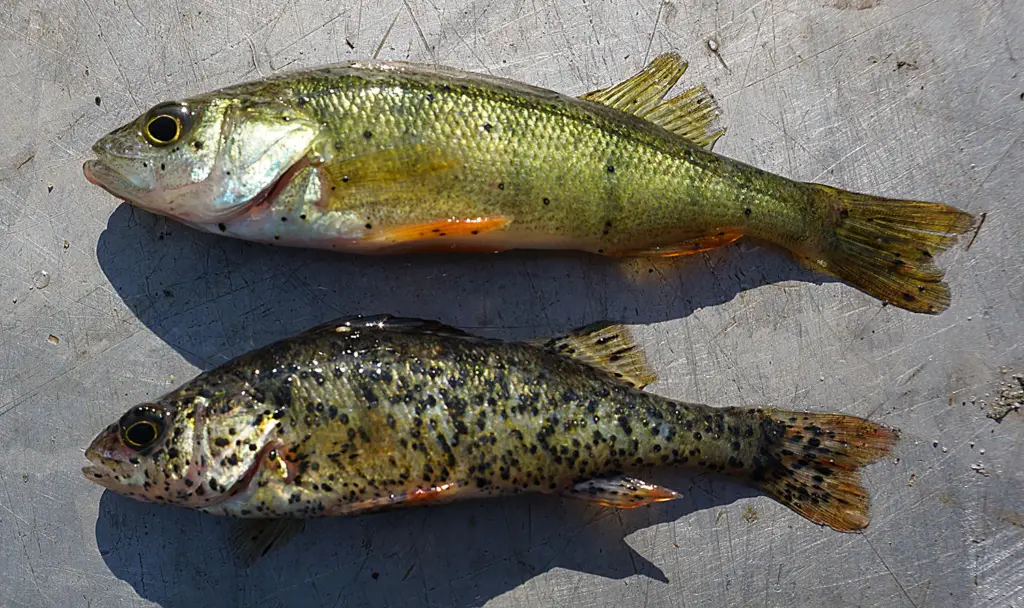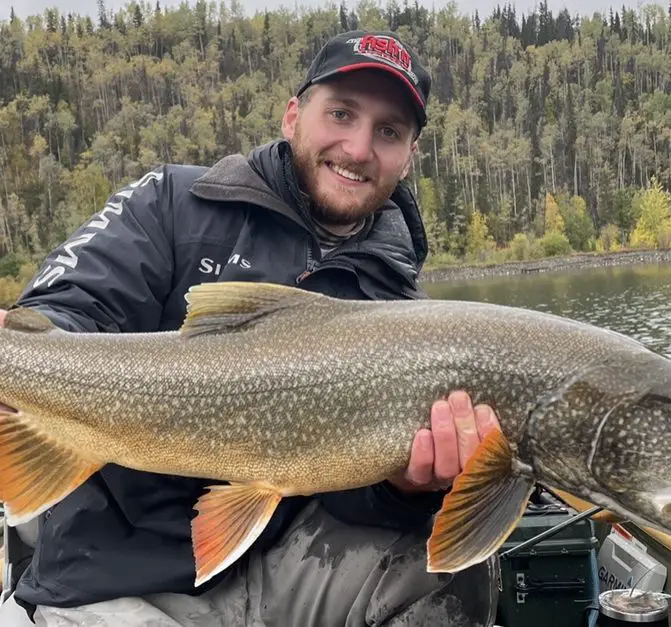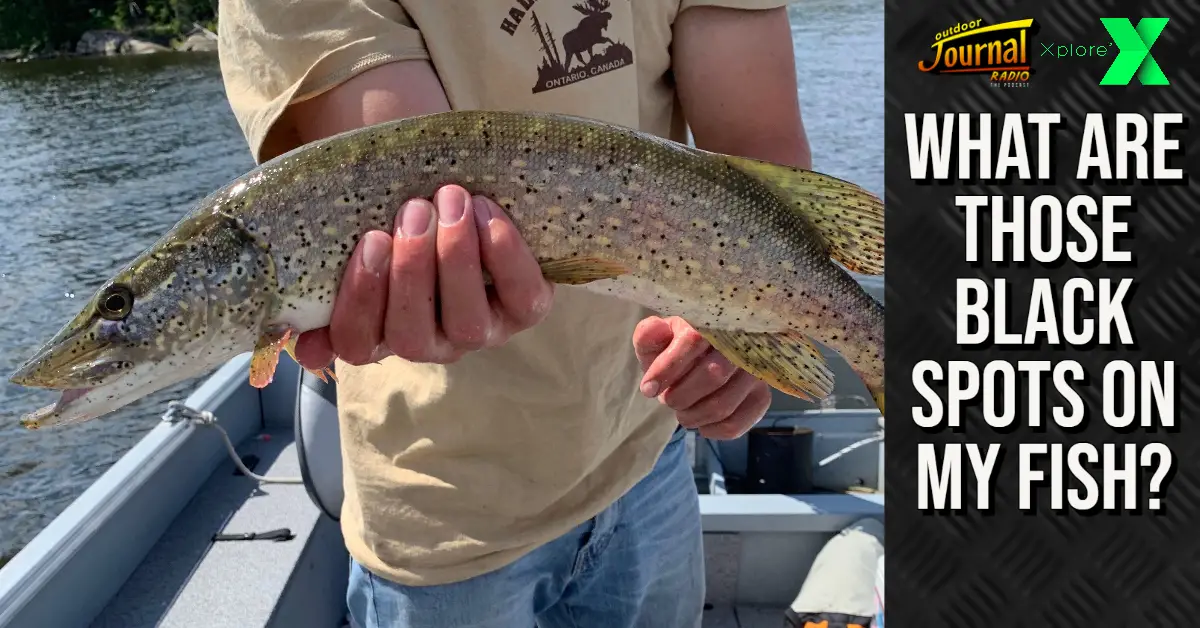The idea for this week’s featured article came from Kevin Wehage, a Saskatchewan native and a listener of our podcast, Outdoor Journal Radio. After listening to one of our latest episodes, Kevin wrote in asking us about the black spots he had been seeing on the perch in his local lakes, wondering whether these fish are still safe to eat. Here is what our producer, Dean Taylor, had to say:
I first discovered this parasite back in the summer of 2019, and, as someone responsible for making paying customers their shore lunch, was also skeptical about the edibility. After many weeks of throwing these fish back and writing it off as a simple abnormality, I decided to do some more research into what exactly these spots were and how they were affecting the fish we were catching.
What is Black Spot Disease?

This parasite, better known as Black Spot Disease or Neascus, originates in fish-eating birds such as Herrons or Kingfishers who consume a parasitic flatworm from infected fish. While the chicken or the egg argument can be had around where the worm originated from, we will begin its origin story from when it enters the bird.
Once the bird ingests the infected fish, the worm larvae are released in the bird’s stomach and grow to sexual maturity in the bird’s intestine. After mingling in the intestine, the worms begin laying eggs that are passed through the bird’s droppings where they hatch in the water and become free-swimming organisms known as Miracidia.
These free-swimming parasites quickly attach themselves to their next host, typically Snails, where they develop further. After a brief development period, the full-grown worms, known as Cercairae, leave the comfort of the snail and seek out a larger home.
Now free of the snail, these Cercairae burrow themselves into the skin of larger fish, often bottom-dwelling and shallow-water species such as Northern Pike, to begin their final stage. Once the worm enters its final host, the fish responds by forming a hard cyst made from a black pigment to trap the worm, creating small black spots throughout the fish’s body and temporarily pausing the spread of the parasite. These cysts remain closed until the fish is consumed, typically by birds, and the cycle starts again.

Thankfully, this parasite cannot be spread to humans and infected fish can surprisingly still be eaten, despite the grainy texture the fillets might have due to the cysts. If this doesn’t sound appetizing, the fish can be returned to the water without any real fear of spreading the disease or harming the fish. The only real preventative measure in limiting the spread of this disease is to bury dead fish or filets to keep them away from birds which will allow the worm to complete its cycle over again.






